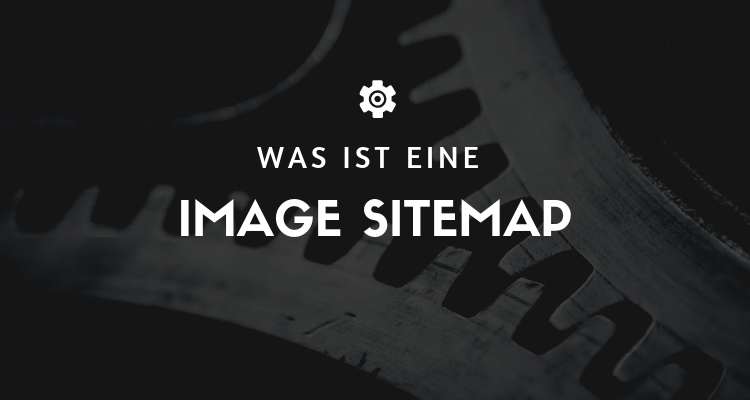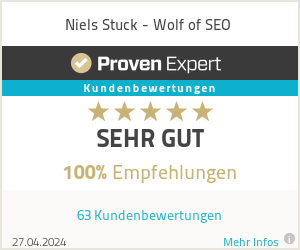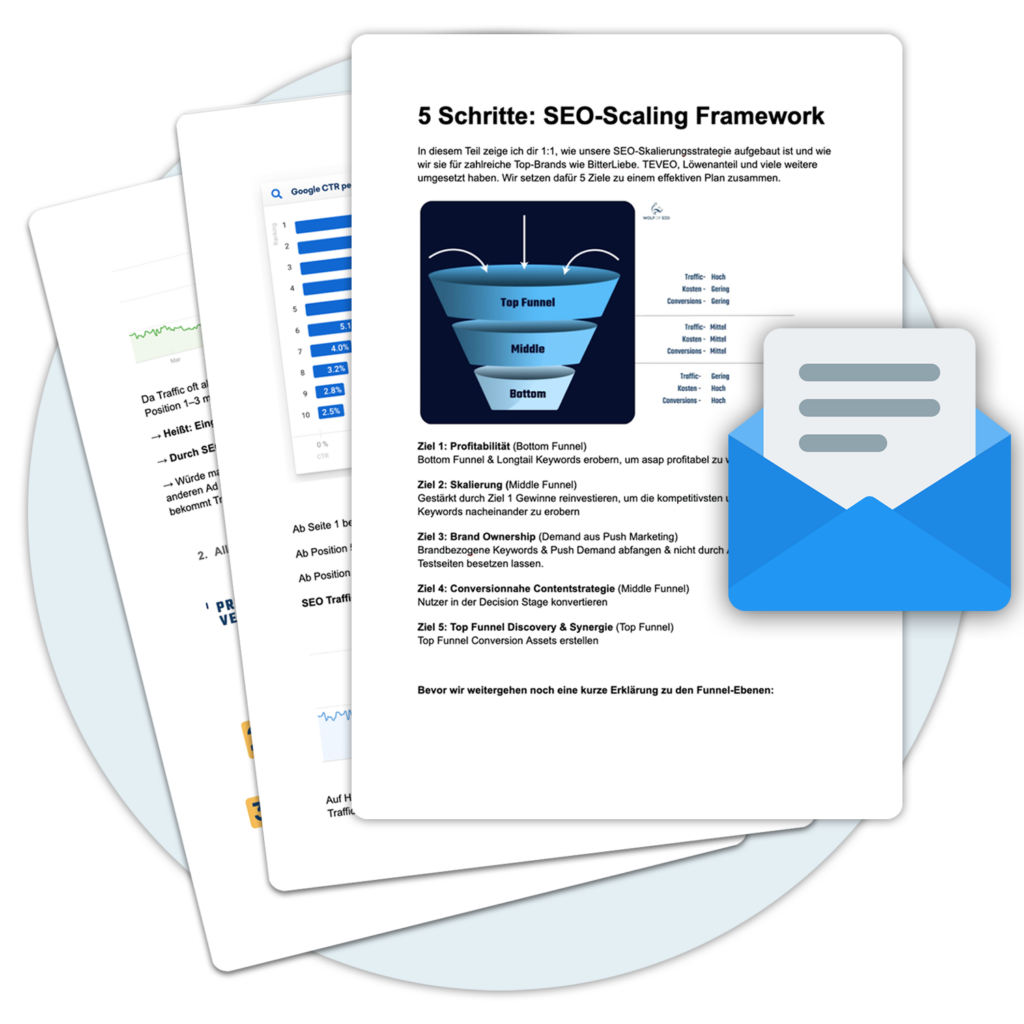
What is an Image Sitemap?
Via Google Image Sitemaps Google receives Metadata to the images contained on a website. Visitors can perform an image search on Google. The use of Google image extensions in sitemaps provides the Search Engine additional information about the images on the website.
The incorporation of image and video content into an XMLSitemap can also help Google to find out that content that may be included in the Search results of image and video search results can be recorded.
Dies kann Google dabei helfen, Bilder zu entdecken, die es möglicherweise nicht beim Crawlen findet. Zum Beispiel Bilder, die über JavaScript-forms can be called.
XML sitemaps are a handy way to share page information with search engines like Google. Submitting a Sitemap garantiert nicht, dass eine Seite indiziert wird, es schadet aber nicht den Rankings. Als Ergebnis ist es eine Praxis der Suchmaschinenoptimierung, eine XML-Sitemap to be submitted.
What does an image sitemap consist of?
A typical imageSitemap enthält die URL und andere Informationen über die spezifischen Bilder, die Google, Bing und andere Suchmaschinen indizieren sollen. Zusammenfassend können die für Sitemaps verwendeten Standard-XML-Tags als Schema beschrieben werden und werden von allen wichtigen Suchmaschinen verwendet.
In order to provide Google with information about images on the site, the site owner must provide the defaultSitemap add relevant details. These include the type of image, subject, caption, title, geographic location, and license.
The process allows site owners to determine which images are most important on each page.
Advantages
- Better indexing: Imagine Google is a giant librarian, and your website is a new book. With an imageSitemap you tell the librarian: "Hey, look, there are some great pictures in here too!" This makes your "book" more attractive for the "readers" - the users.
- More Traffic: Images can be an underestimated Traffic-It's a great way to be a supplier, especially via Google Image Search. It's like an extra entrance to your store that many other stores don't have.
- Higher SEO valueHigh quality and relevant indexed images can help your SEO-Ranking give it a boost. It's like a car with extra equipment: It drives just as well, but with the extras it simply drives better.
- Structure and clarity: An imageSitemap gives you a better overview of the images used on your website. You can see at a glance which images you have and how they are optimized - like an inventory list in a warehouse.
Disadvantages
- Effort: The creation and maintenance of an imageSitemap erfordert Zeit und Ressourcen. Du musst die Bilder korrekt taggen, Alt-Texte verfassen usw. Es ist wie beim Rasenmähen: Es ist wichtig, aber es frisst Zeit.
- Complexity: The more images your website has, the more complicated the management of the Sitemap. Imagine you're a DJ with too many records - eventually you'll lose track.
- Overoptimization: Too many non-relevant or low-quality images can also backfire and even lower the SEO value of the website. Think of it like a buffet: Too many different dishes and the guests don't know where to start.
- Server loadIf your website is already operating at capacity, adding another Sitemap lead to additional loading times. It would be like adding another brick to an already packed backpack.
On the whole, image sitemaps are a powerful tool, but they don't come without their own challenges. If you do it right, they can be a real game-changer for your website. But like a good cocktail, it's all in the right mix.
Use cases
Image sitemaps can be useful for a variety of websites, especially those that rely on visual content. Websites that rely on images and other visual elements can benefit from using an Image Sitemap benefit to ensure that their content is indexed as quickly as possible.
Examples
A good example of the use of a Image Sitemap is a photo gallery website. If a website contains many images, a Image Sitemap help enable search engines to index and track the images. Another example is a website that contains videos. By using image sitemaps, website owners can ensure that search engines can find and index the videos.
Conclusion
Image Sitemaps can be a useful addition to websites that rely on visual content. They can help search engines find and index images and other visual elements on a website, which can ultimately help the site rank better in search engine rankings. Therefore, it can be useful to have a Image Sitemap to create and manage images to improve the visibility and availability of images on a website.
The Do's:
- Relevant images: No image should be displayed in the Sitemap only the Sitemap be there for the sake of it. Each image should have a clear added value for the Content offer. It's like a buffet: you only put what you really want on your plate. eat want.
- Alt text & title: Add meaningful alt text and titles to your images. This is like the little sign next to a piece of art in the gallery that explains to the visitor (or Google) what they are looking at.
- High quality imagesGoogle prefers high-quality images. It's like a first date: you want to make a good impression, right?
- Update: Add new images to the imageSitemap as soon as they are published on your website, similar to how you would update new products in your inventory.
- Various formats and mobile-friendliness: Make sure your images are in different formats and optimized for mobile devices.
The Don'ts:
- Avoid duplicates: If the same image appears multiple times on your website, choose the most relevant instance for the Sitemap. It's like twins: They look the same, but each has its own identity.
- Flooding: Do not put every snapshot in the Sitemap. That would be like posting every single selfie on Instagram - less is often more.
- Misleading alt texts and titlesAvoid misleading or generic terms. It would be like calling a Picasso painting "something with color".
So, in short, an imageSitemap is like the red carpet for your images. It leads Google directly to what makes your website so visually valuable. But like any red carpet, it depends on who walks across it and how good he or she looks doing it.
« Back to Glossary Index





